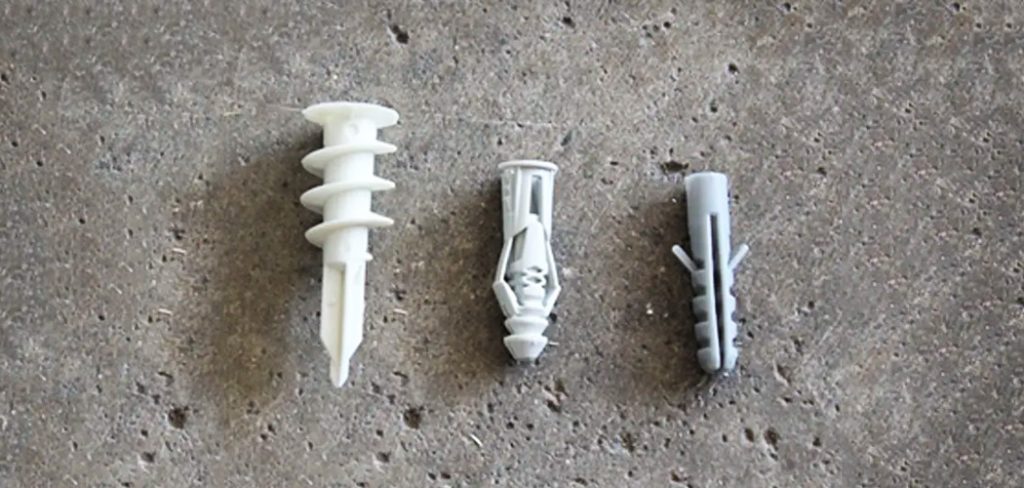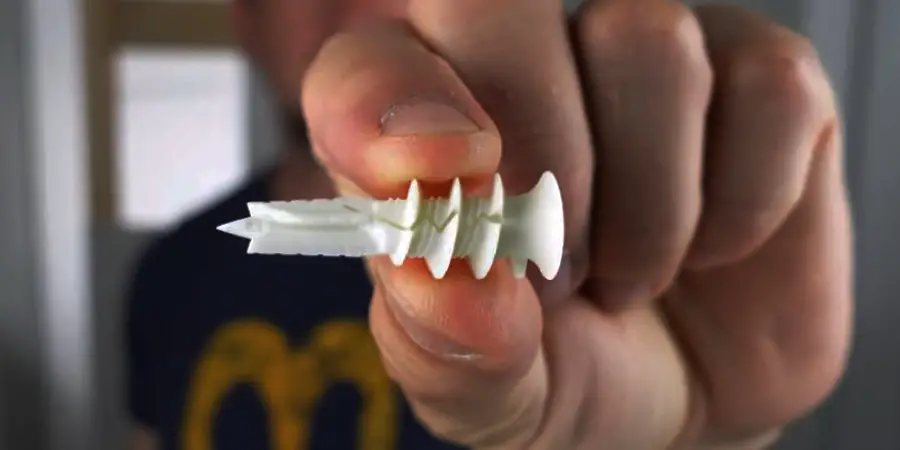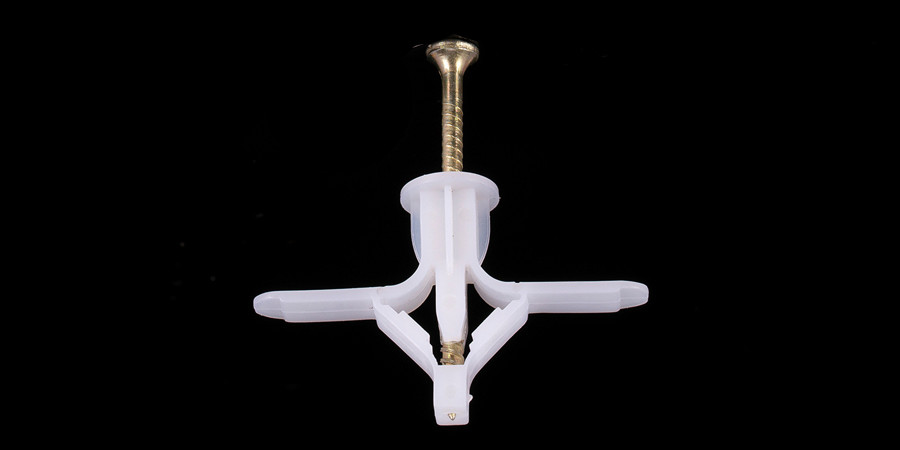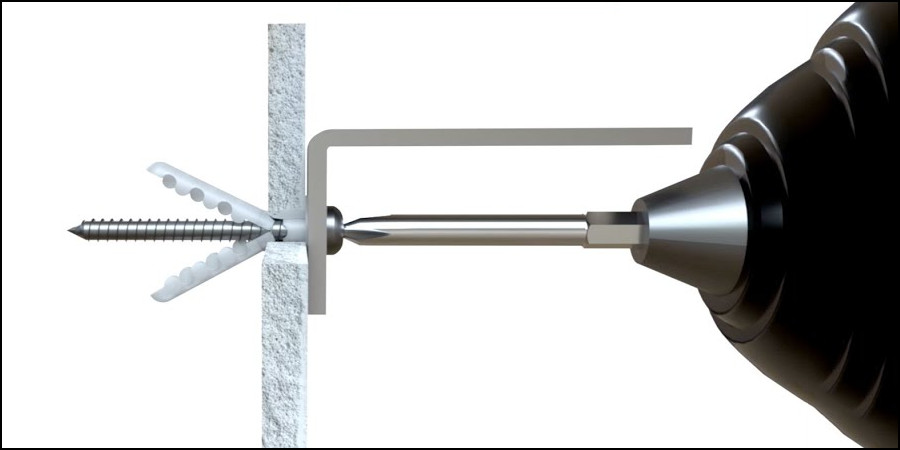Welcome! This guide will discuss the different types of plastic drywall anchors and how to choose the best one for your project. We’ll cover the basics of what a plastic drywall anchor is and how it works, as well as the different varieties available and which one is best suited for your needs. Let’s get started!

Why Are Plastic Drywall Anchors Used?
Plastic drywall anchors are popular for a variety of reasons, the primary being their affordability and lightweight. Compared to other materials, plastic to metal also gives better results for lighter jobs. Therefore, plastic drywall anchors are frequently used in many contexts.
7 Types of Plastic Drywall Anchors
Different types of drywall anchors are available, depending on their intended use. Some of these anchors are made of plastic. Further details are provided below.
1. Self-Drilling Drywall Anchors
Self-drilling drywall anchors are an excellent choice for lightweight objects that must be hung on drywall. They are made from a combination of plastic and nylon, which makes them both durable and lightweight.
They are easy to install with a flip-head screwdriver, come in various sizes, and have zinc-coated metal options. They are an excellent choice for those who are looking for a cost-effective and lightweight anchor.

2. Plastic Toggle Anchors
The plastic toggle anchor is vibration-resistant, with two split heads on its surface. This type of anchor requires a hole of the same diameter as the anchor thread before installation.
When the anchor is inserted into the hole, a key is used to open the two split heads, creating a tensile force of 50-100 pounds.

These plastic anchors are commonly used to attach lightweight fixtures to walls, such as curtain rods, junction boxes, towel bars, and soap dishes, and are usually made of non-corrodible polypropylene.
Plastic Toggle Anchors Related Article – How to Remove Butterfly Anchor
3. Plastic Expansion Anchors
Plastic expansion anchors are similar to Self-Drilling Drywall Anchors, but require drilling before installation. Alternatively, Ribbed Plastic Anchors can be used, both offering similar features. These anchors are often used to hang lightweight picture frames and other objects.
4. Alligator Anchor
The alligator anchor is a versatile and reliable anchor made from polypropylene, making it highly resistant to corrosion and able to withstand various loads.
It gets its name from the fact that when screws are inserted into it after installation, the back part yawns like an alligator. This type of anchor is used for a variety of applications, from mounting items to drywall, ceilings, and even concrete.

5. Plastic Conical Anchor
These anchors are made of plastic and are shaped like a cone with a pointed end and a wider base. They are designed to be inserted into a hole in the drywall and then expand as a screw is tightened, creating a strong and secure hold.
Plastic conical anchors are ideal for use in drywall because they are easy to install and do not require any special tools. They are also relatively inexpensive and can be found at most hardware stores.
6. Strap Toggle Drywall Anchor
This fastener is made of plastic and metal, making it not quite a plastic fastener. It is, however, reusable and easy to use and can hold up to 265 pounds, making it an ideal choice for heavier items.
7. Winged Plastic Anchor
These anchors are made of plastic and have wings on either side that are designed to expand as a screw is tightened, creating a strong and secure hold.
To install a winged plastic anchor, first drill a hole in the drywall using a drill bit that is slightly smaller in diameter than the anchor. Next, insert the anchor into the hole and tap it gently with a hammer to ensure it is fully seated. Finally, screw the object that you want to hang onto the anchor using a screwdriver. As you tighten the screw, the wings on the anchor will expand and create a secure hold in the drywall.
Can I Reuse Plastic Drywall Anchors?
Reusing plastic drywall anchors is generally not recommended, as they may not withstand the stress of being removed and reinserted.
Plastic drywall anchors are designed to be used once and then left in place, as they rely on their shape and design to create a secure hold in the drywall. When they are removed and reinserted, the anchor may become damaged or distorted, which can affect its ability to hold securely.
If you need to remove an object that is secured with a plastic drywall anchor, it is best to remove the screw and then leave the anchor in place. If you need to remove the anchor, consider installing a new one.
Conclusion
Ultimately, each type of anchor has unique features and benefits and is suitable for different projects. Choosing the correct type of plastic drywall anchor for your specific needs is essential, considering the weight of the item being hung, the type of wall material, and the installation requirements.
Now that you know more about the different types of plastic drywall anchors and how to choose the best one for your project, why not share this guide with your friends and family? Comment below to let us know which anchor you plan to use and why.
